Hanja in Modern Korean — Four Places You’ll See it
This is a quick guide to why you should learn Hanja (Chinese characters), and where you see hanja in modern Korean in everyday life.
Having previously studied Chinese (and learned over 2,500 characters through a lot of study supplanted by Skritter), I have always been curious about Chinese characters — known as hanja — in modern Korean.
Korean has been its own language for many hundreds of years, and is definitely not a Chinese language, nor even in the same family as most Chinese languages.
In fact, the Hangul phonetic writing system has been in place for five centuries. Credit for the invention was given to King Sejong the Great, who invented it in 1443.
(Note: I’m not a historian, but I have watched enough Korean historical dramas to get a sense that I’m pretty sure one of King Sejong the Great Delegator’s minions did it for him. Still, he approved it, and that’s good.)
Despite Hangul’s history, Chinese characters (known as Hanja, 한자) still play an important role in modern Korean. You can still see hanja in modern Korean in everyday life.

In modern Korean culture, you can still see Hanja used in
- People’s names
- Advertising and branding
- Traditional saying
More detail on all of this below.
Become a Discoverer
Like this guide to Hanja in Modern Korean? Join our email list and get weekly (roughly) insights into language, culture, and living in distant places.
Contents
Quick Overview — What is “Hanja”?
Hanja means “Chinese character” in Korean.
The word hanja derived from the characters 汉字 (traditional: 漢字), pronounced hàn zì in Mandarin, and which simply means “Chinese characters” . In Korean, hanja is written 한자.
The word “hanja” is the same word as “kanji” in Japanese. All three pronunciations — Hanja, Kanji, and hàn zì, all come from the same Chinese characters, 漢字.
In Chinese, each Chinese character has its own distinct meaning, and usually just one pronunciation (there are notable known exceptions, because they decided to make it harder for us… well, for everyone).
In Korean, each character has one usual pronunciation too, but in Japanese, each kanji usually can be pronounced a couple of different ways (though one is usually more common).
Hanja used to be the only way in which Korean was written before Hangul was devised as a writing system in 1443. But even after Hangul was invented, Hanja remained the primary way in which Korean was written until the turn of the 20th century.
Hanja in People’s Names
The vast majority of Korean names have roots in Chinese characters.
For example, Ban Ki Moon, former Secretary-General of the United Nations, would have written his name in Korean as 반기문 (pronounced ban gi-mun). The Hanja root is 潘基文, which in Mandarin is pronounced pān-jī-wén, and which means “Pan” (a common surname)-“Foundation”-“Culture”.
It’s unusual for a first name to not have a Hanja equivalent, and basically unheard of for a last name to not have a Hanja equivalent. So names are one of the places you most commonly see Hanja in modern Korean (at least in concept).
A few common Korean names with their Hanja equivalents are:
| Korean name* | Hangul | Hanja | Mandarin pronunciation (pinyin) |
|---|---|---|---|
| Kim | 김, gim | 金 | jīn |
| Park | 박, bak | 朴 | piáo |
| Kang | 강, kang | 姜, 江, 剛, 康, 強/彊 | jiāng, gāng, kāng, qiáng |
| Lee | 이, I | 李 | lǐ |
| Yoo | 윤, yun | 劉 | líu |
| Jung | 정 | 鄭 | zhèng |
* This is how these names are commonly written in the west, predominantly in the US, UK, and Australia. Sometimes the pure Hangul equivalent is used.
** The Korean surname Kang may be derived from any of these Chinese characters. Some of them are just “surnames” and their meaning is not significant (e.g. 江 happens to mean “river”, but people think of it mostly as a surname, like Smith once was associated with blacksmiths, goldsmiths etc.), and some of the characters have a relationship with health or strength.
Just from the above, you can see that one Korean name can have multiple equivalents in Hanja. You can always ask which Hanja someone’s name is derived from, though the answer might be a little complicated to understand if it’s a conceptual word.
That’s just surnames — first names are also composed on Hanja. The list is longer though and not worth reproducing here.
But any time you meet a Korean, you can ask them if they know the Hanja for their name. They may not be able to write it with a pen, but they’ll probably be able to show you somewhere.
Hanja in Advertising and Branding
Popular brands might use a Hanja character as part of their logo or packaging.
For example, Shin Ramyun noodles, the most popular kind of instant noodles in Korea, have a 辛 character on the front. In Mandarin Chinese, it’s pronounced xīn and is an old character for “hot” as in “spicy”. See the image at the top of this post.
Another example is Sulwhasoo. This well-known brand of Korean cosmetics uses the three characters behind its name as its logo. The characters 雪花秀 mean “snow-flower-refined/elegant”.
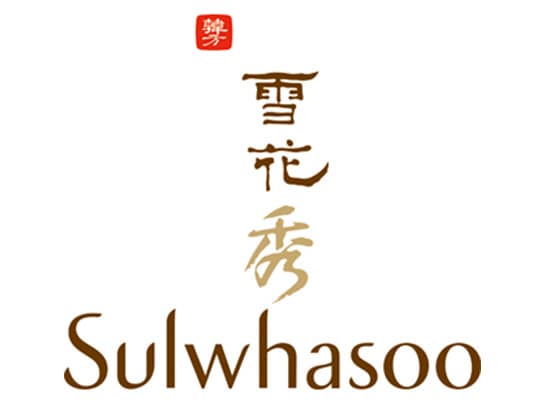
These are somewhat exceptional examples. In modern South Korean culture, English names and characters are vastly more common in brands and signs.
Hanja in Signs
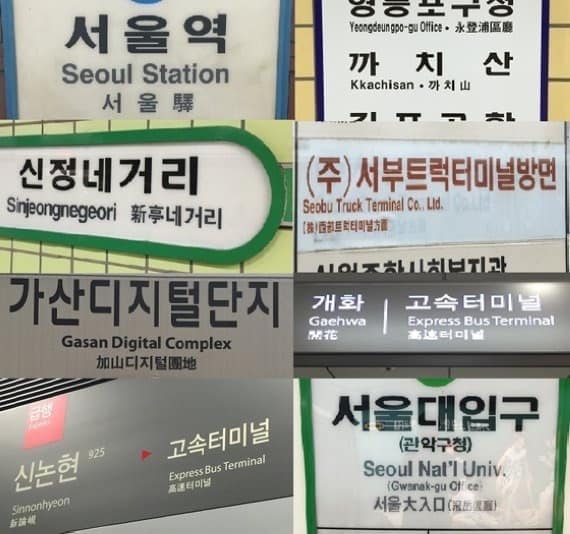
Once you visit Korea you might be surprised to see Hanja in many common street size and signs for places.
One traditional reason for using Hanja in signs this is disambiguation. Technically, the pure Hangul name for a location doesn’t give enough information for you to know what it is. Usually, context is enough. But Hanja is used out of convention to make it clear what the place is.
Another reason for Hanja in signs in Korea is because the Hanja is rich with meaning. For example, in the sign above 개화 is just a name, but if you know the hanja is 開花, you’d understand the name as “blossoming flower” — quite a pretty image, imbued with metaphorical meaning.
Hanja in Symbological Use
There are a few Hanja that are used symbolically in everyday life in Korea. You typically see them in signs, menus, and newspapers.
For example, when ordering a coffee or a portion of food that comes in various sizes, you might see the Hanja 大, 中, 小 (large, medium, small) next to the sizes on the menu. It’s a bit like how you might see “XS, S, M, L, XL, XXL” on clothing labels or sizes of coffee cups.
On toilets, you may see the characters for female and male (女,男) alongside the universal symbols.
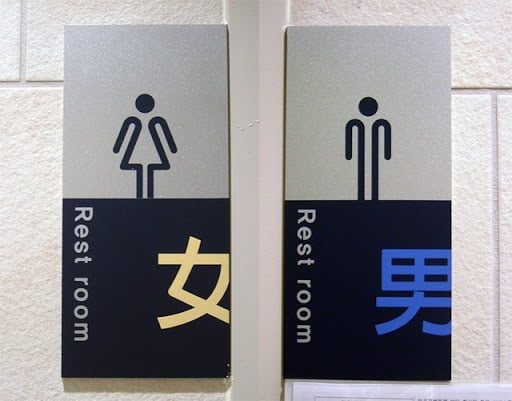
In calendars and on dates, you might see the symbols 月 and 日 for month and day.
For countries, in newspapers, you might see the Hanja representation of country names:
- 韓 = Korea
- 中 = China
- 日 = Japan (yes, this also means day, if you were paying attention above! It means “sun” and is the first character of 日本, Japan)
- 美 = America
- 澳 = Australia (I haven’t seen this myself, but I’m waiting for the day)
All of these aren’t for Chinese (or Japanese) tourists — they’re just convention.
Hanja in Traditional Sayings (사자성어)
While watching Korean Dramas, occasionally a character will say something profound while raising his hand, a classic indication that they’re referring to an ancient idiom.
Old idioms have their roots in Chinese, and are just repeated in Korean phonetically — they don’t translate easily.
For example, 인산인해 (in san in hae), which is derived from 人山人海 (rénshānrénhǎi), means “people everywhere”. If you were to translate 인산인해 in Google Translate, you’d get a gibberish answer.
–> Here are some tips to better learn how to learn languages using Google Translate.
There’s a whole class of idioms that come from Chinese and are known as “four-character idioms”. In Korean it’s written 사자성어 (sa ja seong-eo), which is derived from 四字成語, in Mandarin pronounced sì zì chéngyǔ, or “four character idioms”.
In Chinese, four-character idioms are just known as chéngyǔ, 成語, and a few of them are mentioned on our page of practical Chinese idioms.
This is a whole other topic — but at least a few commonly-used sa ja seong-eo are worth mentioning here.
- 작심삼일 (作心三日): Means “the heart is made for three days”, and is used to refer to people who have trouble sticking with their plans.
- 자업자득 (自業自得): Means “You reap what you sow”, or that you get what you have coming to you through your own efforts
- 동문서답 (東問西答): Means “A question from the east; an answer from the west”, or an irrelevant answer. The Hangul is actually relatively meaningful in this case.
- 설상가상 (雪上加霜): Means “to add frost to snow”, or to make an already bad situation worse.
In Chinese, these aren’t really sentences. They’re more conceptual. You use them in much the same way as you’d say in English “Well, isn’t that just adding fuel to the fire?” — you have to add some padding words. It’s the same in Korean.

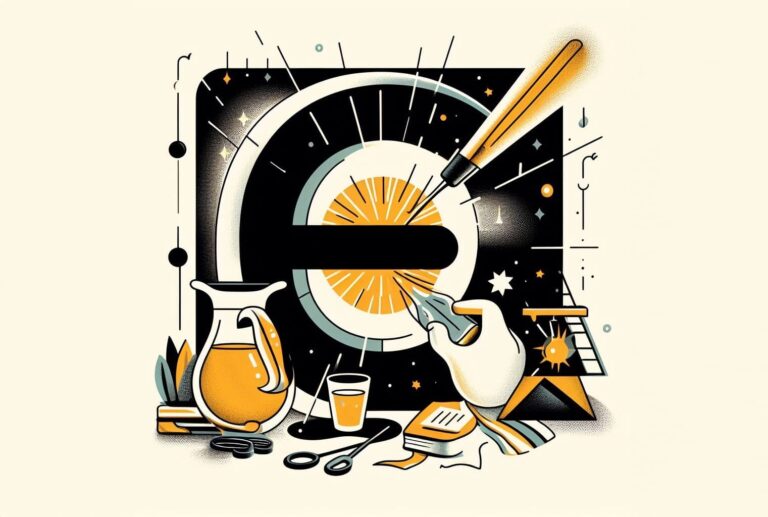
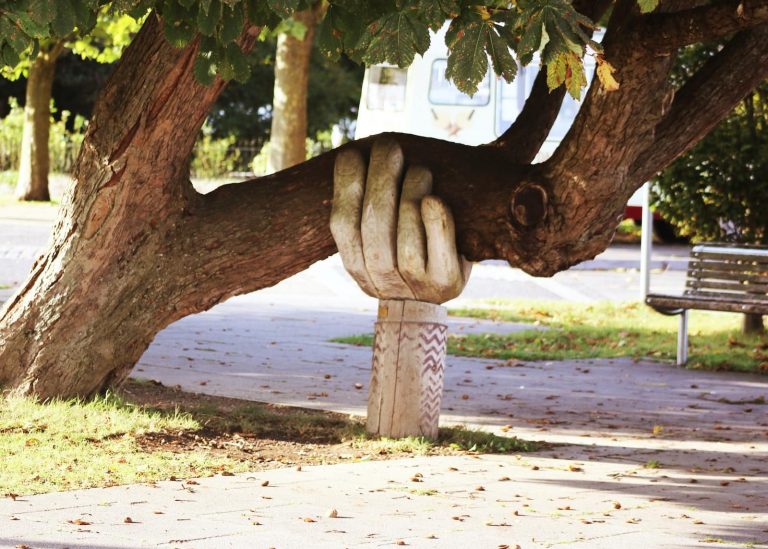




I’ve just noticed a typo for the Mandarin.
Should be just
Oh thanks, I must have hit ctrl-v in the wrong spot at some point.
Found a typo.
Should be
汉字 means Chinese characters, while 汉子 means man.
Oops, thanks. Typos are inevitable. Fixed as soon as I saw this, and I appreciate it.
김 which you have above has two pronunciations. Kim and Keum or (Gim and Geum). Kim is used for the family names but the meaning of the character is gold which is pronounced as geum. Some hanja does have multiple pronunciations but they are rare.
Also, some character in Chinese also have multiple pronunciations.
了 for example. It can be – ‘Le’ as in something that was done before.
Example: 吃饭了 – I ate or it can also be pronounced as liao. 吃不了 – chi bu liao (I can’t eat).
Hi, just to share with you that 辛 in Mandarin Chinese is hot in taste or flavor, it doesn’t mean sour.
By the way, interesting article!